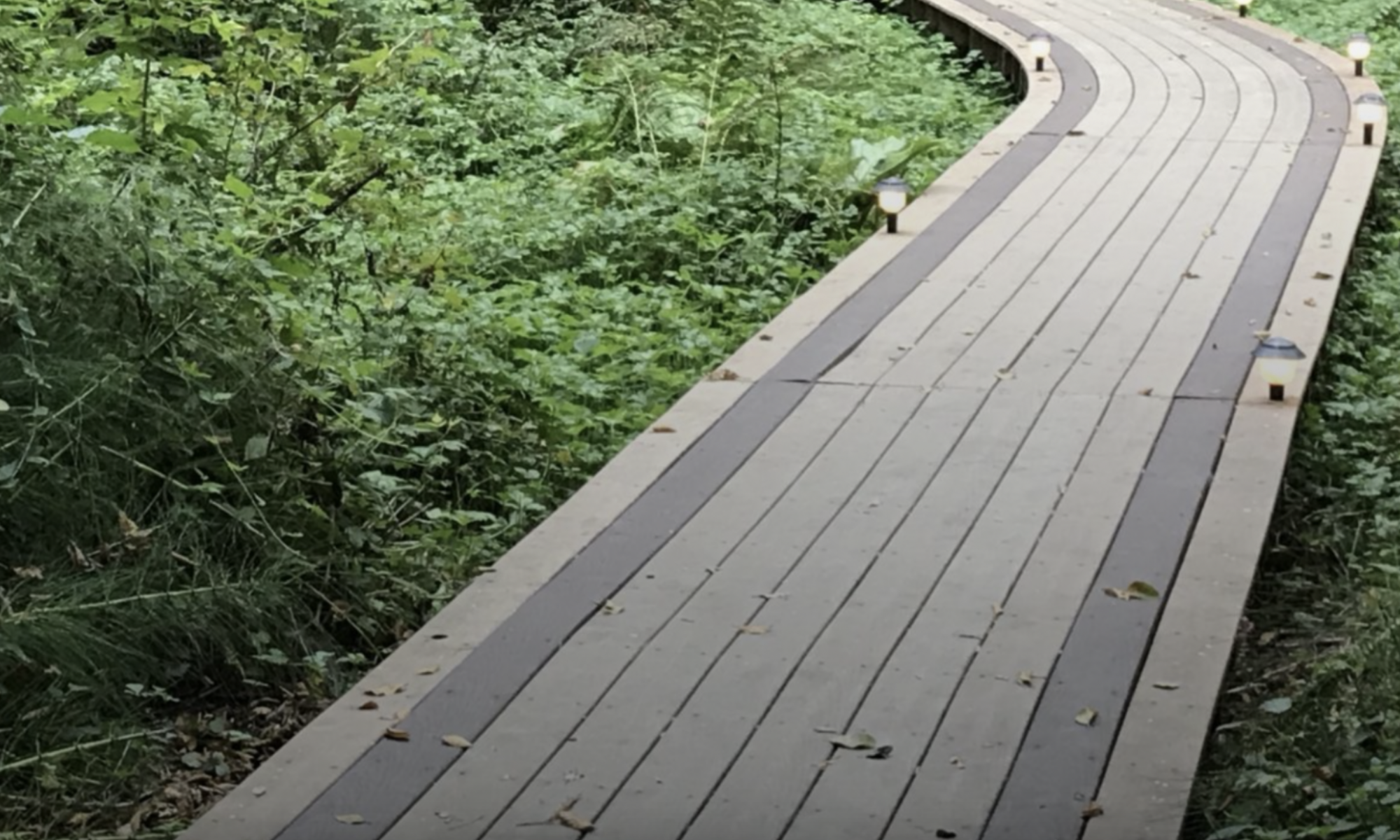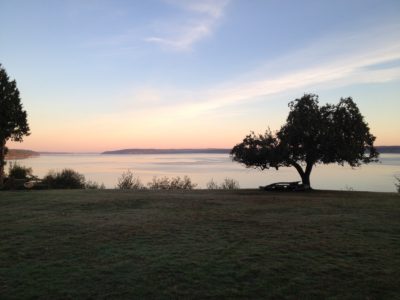I continue to learn that the power of a still mind is geologic. It’s big. It’s the power of an earthquake. Or a hurricane. You can’t argue with geologic power. It just is. Yet the practices of a still mind are often quite minuscule and small. A seemingly tiny decision to simply sit quietly for a few minutes.
One of the ways that I experience still mind, even for a precious moment, is when I give myself permission to not pay attention to a very big category in my life — time. I’m sometimes guffawed by the unceasing watch I give to time. Me, my brain, habitually chunks out small increments. Fifteen minutes to do the dishes. Twenty minutes to meditate. Ten minutes to ride the exercise bike. One hour for a phone meeting. Thirty minutes after that for todos. Another hour for the next call. Twenty-five minutes for lunch. One hour for email.
Clocks are positioned all around me without my trying. A bit like prison guards in watch towers. On my phone. On my watch (that I recently got so that I would spend less time looking at my phone). On the microwave. On the stove. On my computer. On my Kindle. In the car.
It starts to feel like time owns me. The construct of time. Geesh!
One of those simple, freeing, still-mind practices for me is calling for a timeout with time. I still do all of the time chunking above. But I also give myself permission to simply “do something until I’m not doing it.” It’s gorgeous. Those tower guards are no longer on the job. The walls that confine or contain are now open passages to come and go as I please. Wow, prison imagery. More to explore there on another day.
To be clear, I’m not against time. It’s helpful in an intended discipline of the day and for coordinating with others. I’m OK setting an alarm or two, a gentle reminder of what time it is and when I need to shift my efforts.
But what I love, is releasing my attention on a managed system of measurement to a far more fluid form and feeling that is being. That is uncluttered. That is simple. That is deliciously still. In that stillness, it seems that I can almost hear the wind over the eagle’s feathers as it glides in blue sky. Still mind is not superfluous. It is central. Not hobby. Essential practice.
And that makes a big difference.

